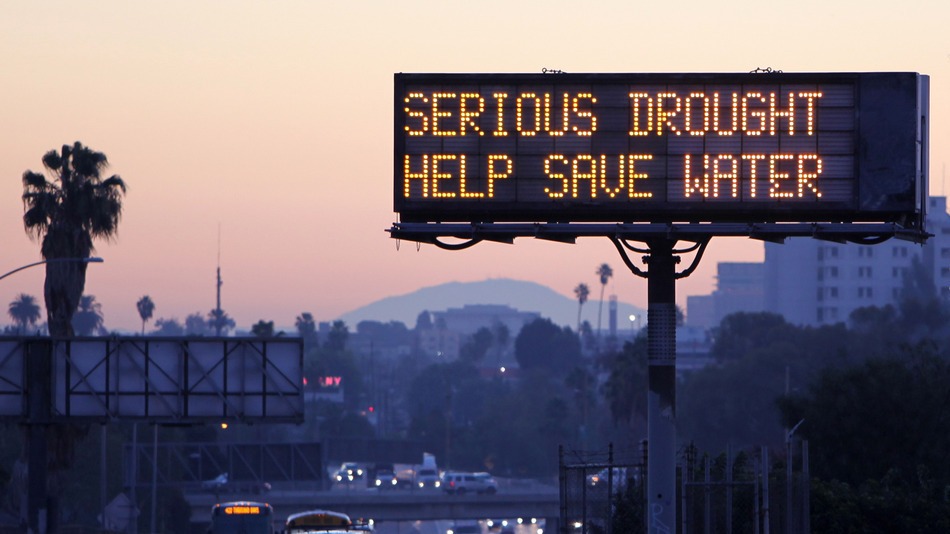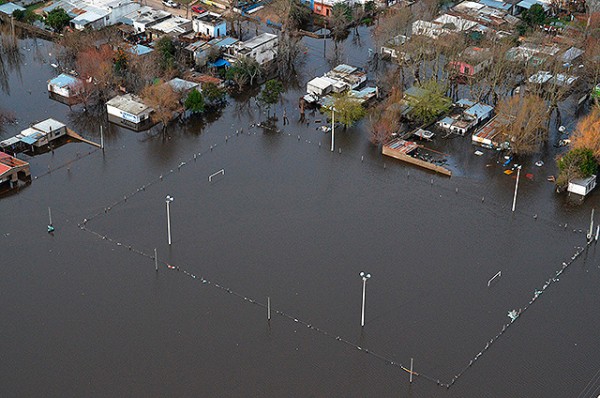OF THE
TIMES
A small body of determined spirits fired by an unquenchable faith in their mission can alter the course of history.
I wonde what all this attacked sites have in common. Might it be "Micro$oft Windows" ?!? :O
Seems to me this Alien reveal nonsense just puts Tucker squarely in the same role as Agent Musk. Tucker's interview and affect with Rogan strikes...
The depopulation agenda is clear. The globalists/Kabal will slowly starve out the majority of the population. Presently, most of our food comes...
It is a fact of physical existence that everything eats everything, any part of life needs all the other parts of life in order to flourish......
How do they know it is an attack, rather than a system failure?
To submit an article for publication, see our Submission Guidelines
Reader comments do not necessarily reflect the views of the volunteers, editors, and directors of SOTT.net or the Quantum Future Group.
Some icons on this site were created by: Afterglow, Aha-Soft, AntialiasFactory, artdesigner.lv, Artura, DailyOverview, Everaldo, GraphicsFuel, IconFactory, Iconka, IconShock, Icons-Land, i-love-icons, KDE-look.org, Klukeart, mugenb16, Map Icons Collection, PetshopBoxStudio, VisualPharm, wbeiruti, WebIconset
Powered by PikaJS 🐁 and In·Site
Original content © 2002-2024 by Sott.net/Signs of the Times. See: FAIR USE NOTICE


Comment: In another report published earlier this year researchers warned that society could collapse by 2040 due to the "unprecedented epidemic of food riots". Around the world drinking water is becoming increasing scarce and toxic exacerbating global stresses on humanity.
A social and economic collapse could certainly happen sooner than 2040 if the dollar collapses and the U.S. experiences an economic meltdown, like many commentators have been predicting could happen soon: